Every day a new application if found for lasers. High power lasers are especially useful for material processing, but are also used prevalently in scientific research and military applications. It is often crucial to be able to “see” the profile of a laser beam. If one is using a laser to cut metal, for instance, and only knows the overall power or energy of the beam, he might miss a defect in the laser mode like a high localized peak power, which can overheat the metal being processed. With laser beam profilers, one can truly see the spread of power across the beam and spot any defects or irregularities with ease.
Some beam profilers are sensitive, which could pose a problem when trying to profile high power laser beams. Photon’s NanoScan has several solutions for profiling high power lasers.
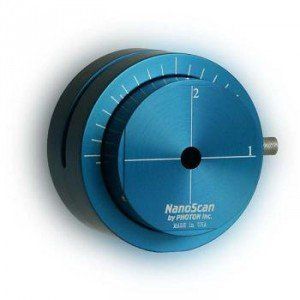
First of all, many high power lasers are CO2, especially those used in the industrial sector. These infrared lasers are highly reflective, so only about 2% of the beam will be absorbed by the detector. Even so, if the beam is in the order of kilowatts, this can mean 100W or more heating up the scan head.
NanoScan’s design works as a natural attenuator. Because of its scanning slit method of beam profiling, only a fraction of the laser beam hits the detector at any given time. This also gives the head time to cool down while the slit is not in front of the beam.
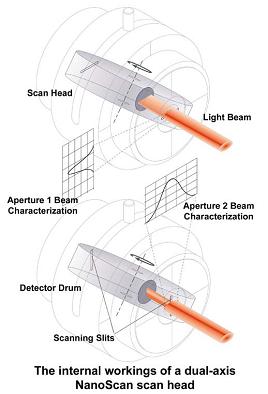
Additionally, simply using pyroelectric detectors instead of Silicon or Germanium can increase the maximum power limit to about 100W. An added benefit of pyroelectric detectors is their spectral flatness and capability to measure any wavelength, from 190nm (UV) to greater than 20μm (FIR).
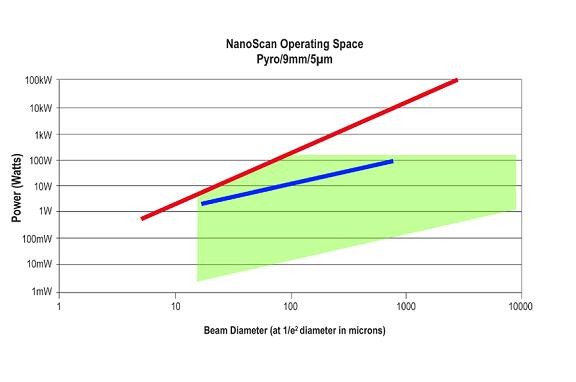
This is a good solution for moderately powerful laser beams, but for higher powered lasers, one should use Photon’s High Power NanoScan, which replaces the alloy slits with copper to further raise the power threshold. Furthermore, if power density is an issue, a NanoScan Near-Field Profiler can be used to magnify the laser beam. This will lower the power density without changing the power.
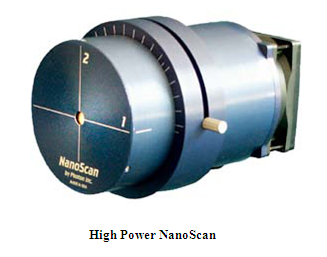
If all this is not enough, a prism attenuator can be used. Placing one lens in front of the NanoScan reduces the power to 4% and two surfaces reduce to 0.16%. With one or both of the attenuators in place, the NanoScan can measure just about any laser you throw at it.
Do you have any other recommendations to profile high power lasers?
For more information, see the full article by Allen Cary here. Feel free to add a comment or question below.
You might also like to read: Beam Profiler- a question of productivity

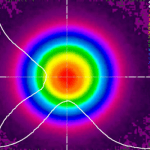
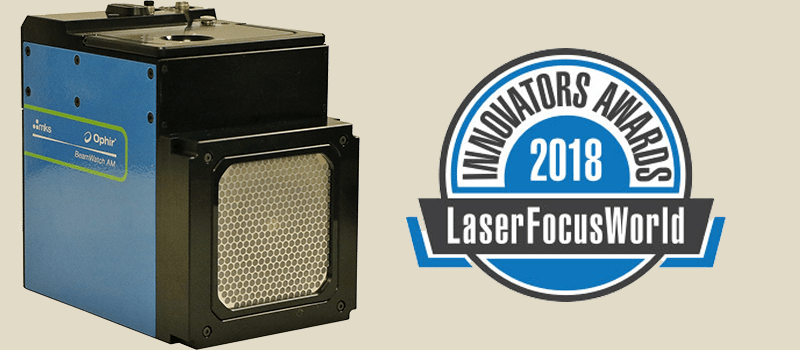
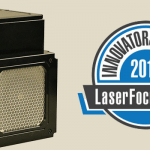



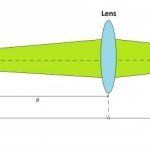
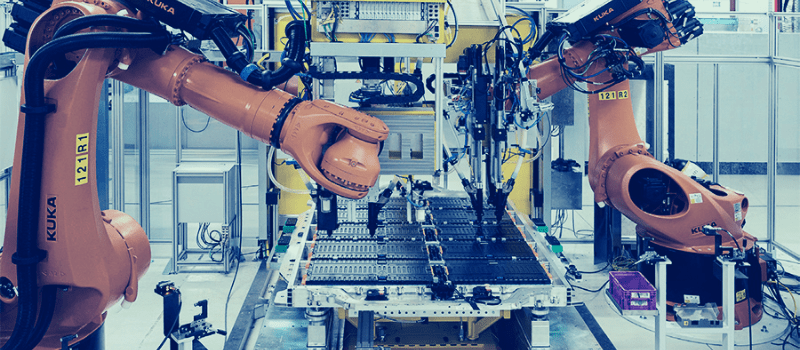

Leave a Reply
Your email address will not be published. Required fields are marked *